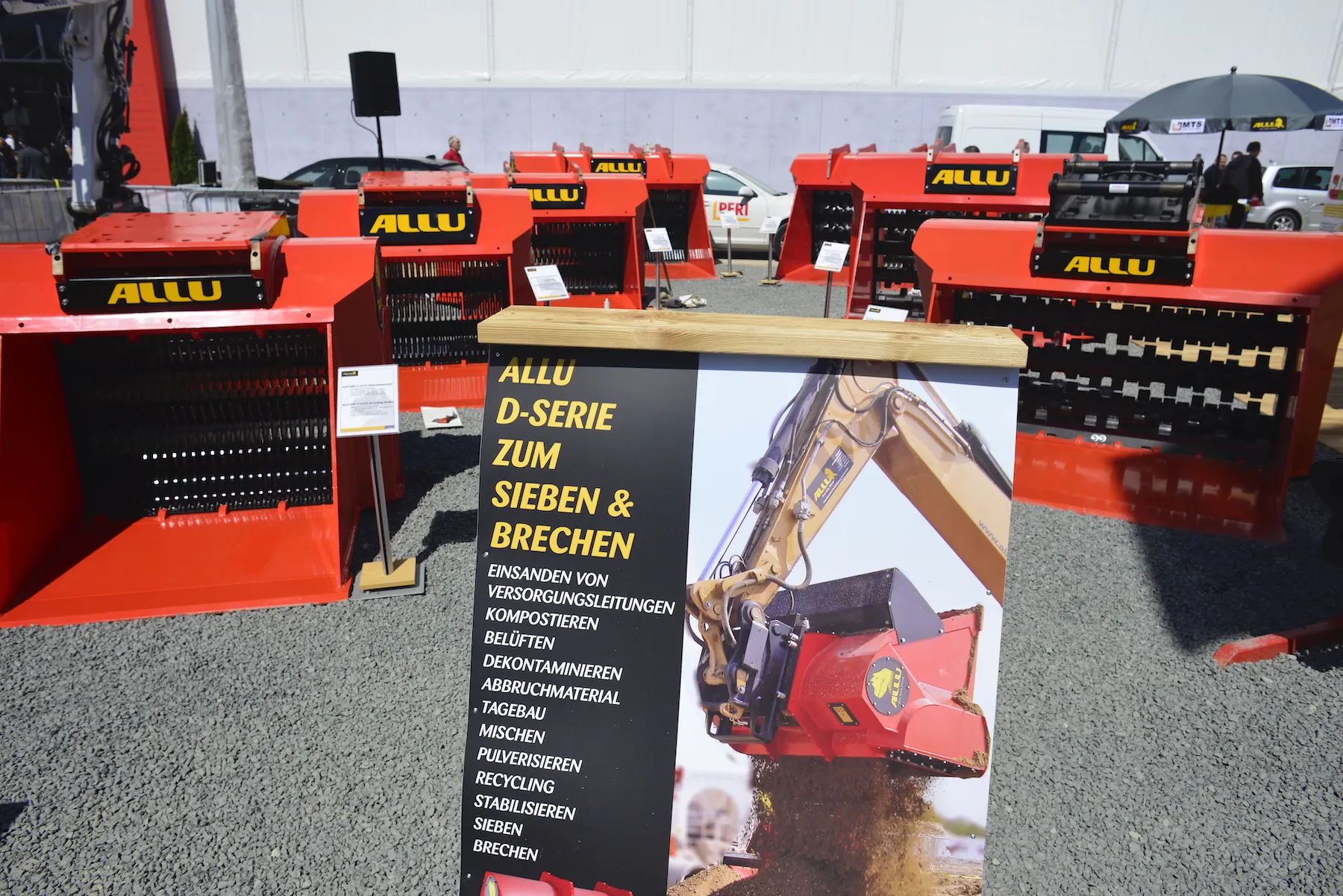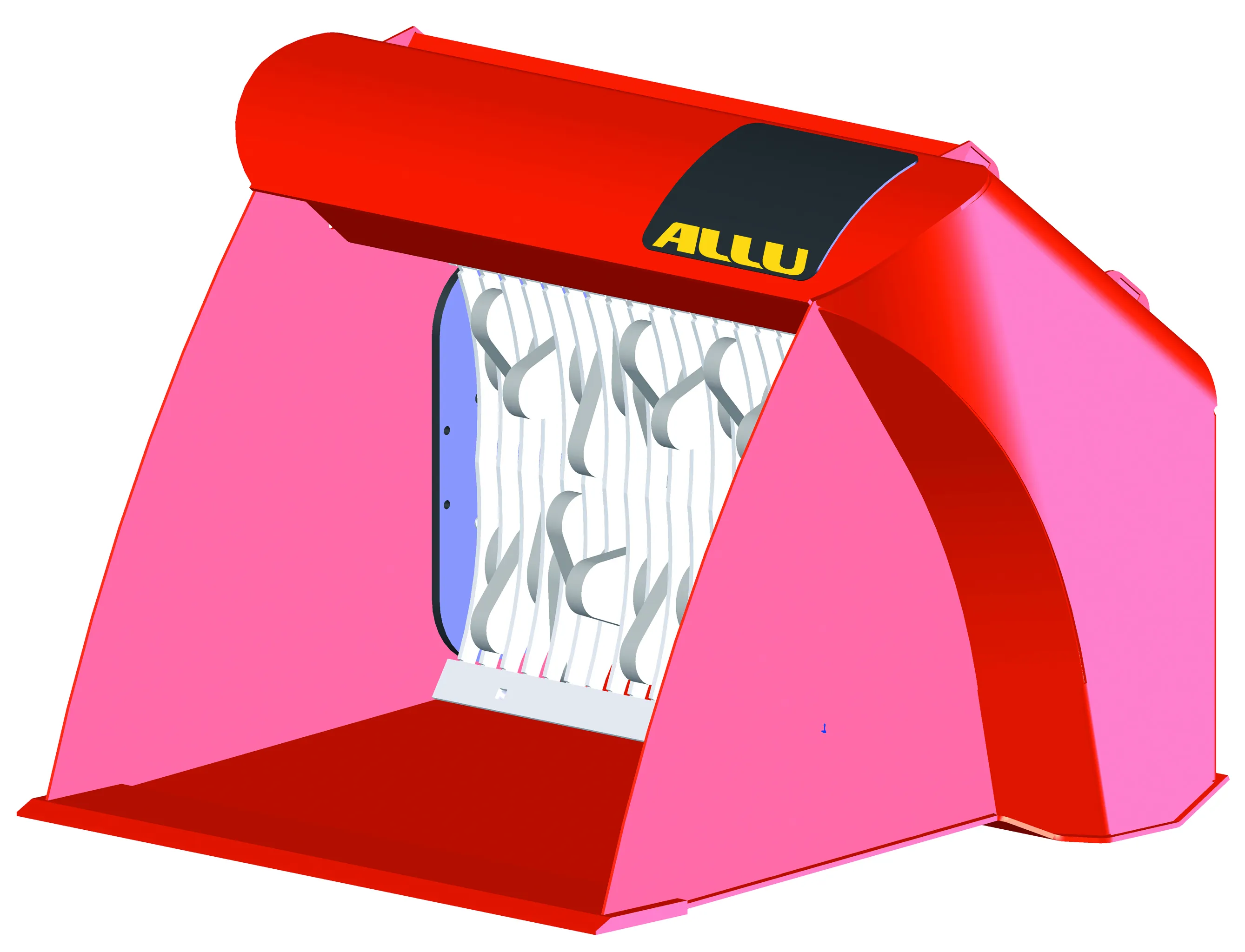Allu has added three new models to its range of screening buckets. The Allu DL series has been designed for excavators between 4 and 12tonnes and loaders between 2 and 8tonnes. The design of the DL series bucket’s top screen ensures that it won’t clog, even with wet materials, according to the manufacturer. The screening blades and top screens can be changed to vary the size of the end product, which is dependent on the spacing between the combs.
April 22, 2013
Read time: 1 min

The design of the DL series bucket’s top screen ensures that it won’t clog, even with wet materials, according to the manufacturer. The screening blades and top screens can be changed to vary the size of the end product, which is dependent on the spacing between the combs.
The DL series join Allu’s existing D series screening buckets, which can be installed on backhoes, skid steers, tractors and telescopic loaders. This means Allu can now cater for excavators between 4 and 45tonnes and wheeled loaders between 2 and 30tonne.
Stand: FGN.N718/2
%$Linker:







